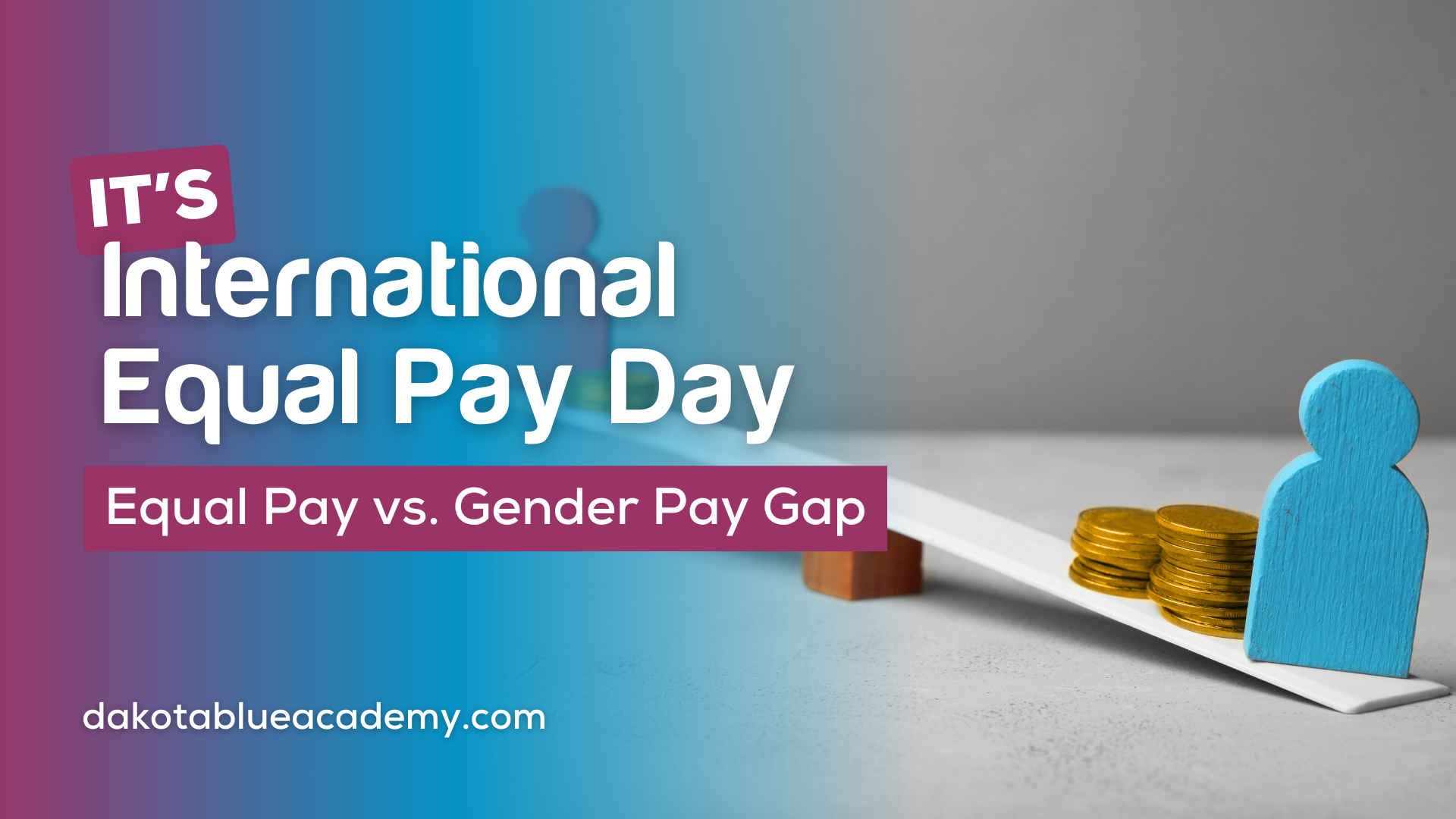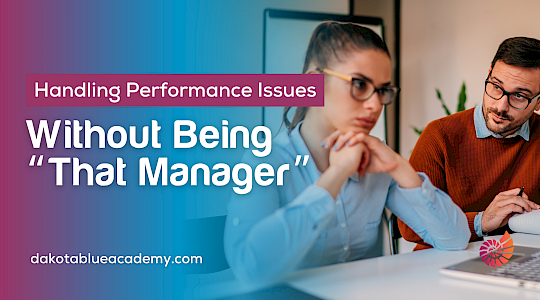
Equal Pay vs Gender Pay Gap: What Small Businesses Need to Know
18th September 2025
International Equal Pay Day (18 September 2025) is a reminder for businesses everywhere that pay fairness is still a major issue. For small business leaders, it can sometimes feel like a confusing subject, what exactly is the difference between “equal pay” and the “gender pay gap”? And why does it matter if you only have a handful of employees?
Let’s break it down in plain terms.
Equal Pay, The Legal Requirement
Equal pay means that men and women must be paid the same if they are doing equal work. This includes pay, bonuses, pension contributions, holiday entitlement and other benefits. It’s a legal requirement under the Equality Act 2010 and failing to comply can leave businesses open to claims, reputational damage and financial penalties.
Gender Pay Gap, The Bigger Picture
The gender pay gap is different. It measures the overall difference in average pay between men and women across your business, regardless of their roles. A pay gap doesn’t always mean unlawful unequal pay, but it does highlight trends. For example, if more men are in senior roles or higher-paid positions while women are concentrated in lower-paid jobs.
Why It Matters for Small Businesses
Even if your business has fewer than 250 employees and you’re not required to publish gender pay gap figures, it’s still worth reviewing how you pay your people. Having a clear and fair pay structure makes good business sense and can help you:
- Attract and keep skilled employees
- Boost trust and morale among your team
- Reduce the risk of grievances or disputes
- Strengthen your reputation as a fair employer
Practical Steps You Can Take
You don’t need a huge HR department to stay on top of this. Here are some simple, practical steps small businesses can take:
Review Your Pay Processes
Check how decisions about pay rises, promotions and bonuses are made. Is the process clear and consistent for everyone?
Carry Out a Pay Gap Analysis
Look at average pay by gender across your business. Even in a small team, trends can show up and give you insight.
Document Your Pay Decisions
Keep a record of why salary offers or increases were made. This shows transparency and protects you if you’re challenged.
Be Open About Pay Policies
Share with employees how pay is reviewed and what criteria are used. This builds confidence that decisions are fair.
Plan for the Future
If you do spot a gap, think about steps to address it, whether through career development, fair promotion processes, or reviewing job roles.
Review Your Processes Today
Equal pay is the law. The gender pay gap is about the bigger picture of fairness in your workplace. Both matter if you want to build a motivated, loyal team and protect your business from risk. Taking time this International Equal Pay Day to review your pay processes could make all the difference.
Want help making pay fairness part of your business strategy?
At Dakota Blue Academy we provide straightforward resources, templates and guides designed for small business leaders. From step-by-step policies to guides on how to conduct a pay audit to ensure you pay your people fairly, our Academy gives you the tools to manage pay confidently.
Explore Dakota Blue Academy today and take the stress out of pay management.


